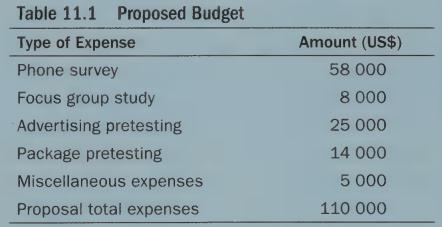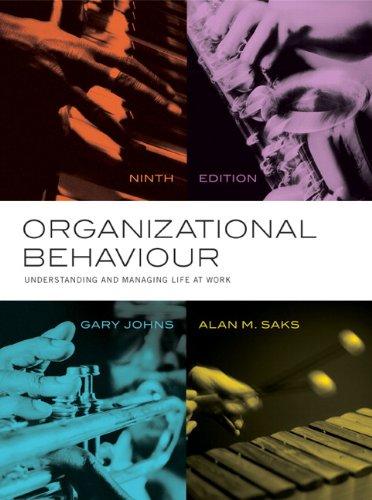It was a late Saturday afternoon in mid-December, and Bob Smith, a research analyst for L&H Marketing
Question:
It was a late Saturday afternoon in mid-December, and Bob Smith, a research analyst for L&H Marketing Research, was working furiously to complete the media plan portion of the Standard Grooming Products report. Standard was considering introducing a men’s hairspray and needed demographic characteristics and media habits of male hairspray users, as well as attitudinal information about such product attributes as oiliness, stickiness, masculinity, and fragrance.
The findings were to be presented Monday afternoon, and a long series of problems and delays had forced Bob to come in on Saturday to finish the report. Complicating matters, Bob felt that his boss, Barry Michaels, expected the statistical analysis to be consistent with L&H’s initial recommendations to Standard. Bob, Barry and Marjorie Glass, from Standard’s advertising agency, were to meet Monday morning to finalize L&H’s presentation to Standard.
Back in September, Bob had recommended surveying 250 users of men’s hairspray from each of 15 metropolitan areas. Charles Chastain from Standard’s marketing department had argued that conclusions about local usage in each city would not be accurate unless each city’s sample size was proportional to its population. That is, the sample sizes for larger cities should be larger than for smaller cities. Furthermore, Charles feared that males in metropolitan areas differed from rural males on usage or other important characteristics. Bob finally convinced Charles that sample sizes proportional to population would mean only 5 to 10 interviews in some smaller cities—too few to draw statistically valid conclusions. Furthermore, expanding the survey to include rural users would have required committing more money to the project—money Standard didn’t want to spend. Since Standard was a new account with big potential, a long-term relationship with them would be valuable. (Business at L&H had been slow this past year.) Feeling
“under the gun,” Bob met with Barry and Charles, who agreed to reduce the sample to 200 men in each of only 11 metropolitan areas. In October, a Des Moines, Iowa, pretest revealed that the questionnaire’s length was driving the cost per completed interview to about \($18.\) Total expenses would be well over budget if that cost held for the 15 metro areas. If the survey costs exceeded \($65\) 000 (counting the pilot study), precious little money would be left for the focus groups, advertising, and packaging pretesting in L&H’s contract with Standard (see Table 11.1).

QUESTIONS
1. Given the formal definition of the word “problem” presented in the chapter, what is the problem faced by Bob Smith? Is the problem well-structured or ill-structured?
2. What are some of the bounds or limits on rationality that affect attempts to solve the problem Bob faces? What would a satisficing solution be?
3. Is Bob suffering from too little information or too much? Defend your answer.
4. How has Bob framed his problem? What would be an alternative frame?
5. Does the case contain any elements of groupthink or escalation of commitment? Explain.
6. Discuss how confirmation bias and the anchoring effect pertain to Bob’s concern about Barry Michaels’ interest that the marketing proposal fit the initial recommendation to the client.
7. Are there ethical issues in this case?
8. What should Bob do?
Step by Step Answer:

Organizational Behaviour Understanding And Managing Life At Work
ISBN: 9780133347500
9th Edition
Authors: Gary Johns, Alan M. Saks





